Answered step by step
Verified Expert Solution
Question
1 Approved Answer
This write-up should focus on your recommendation to the person in the case. Use (quantitative and qualitative) analysis from the case to support your recommendation
This write-up should focus on your recommendation to the person in the case. Use (quantitative and qualitative) analysis from the case to support your recommendation and include a detailed implementation plan. Thanks. Please make it detailed thanks.
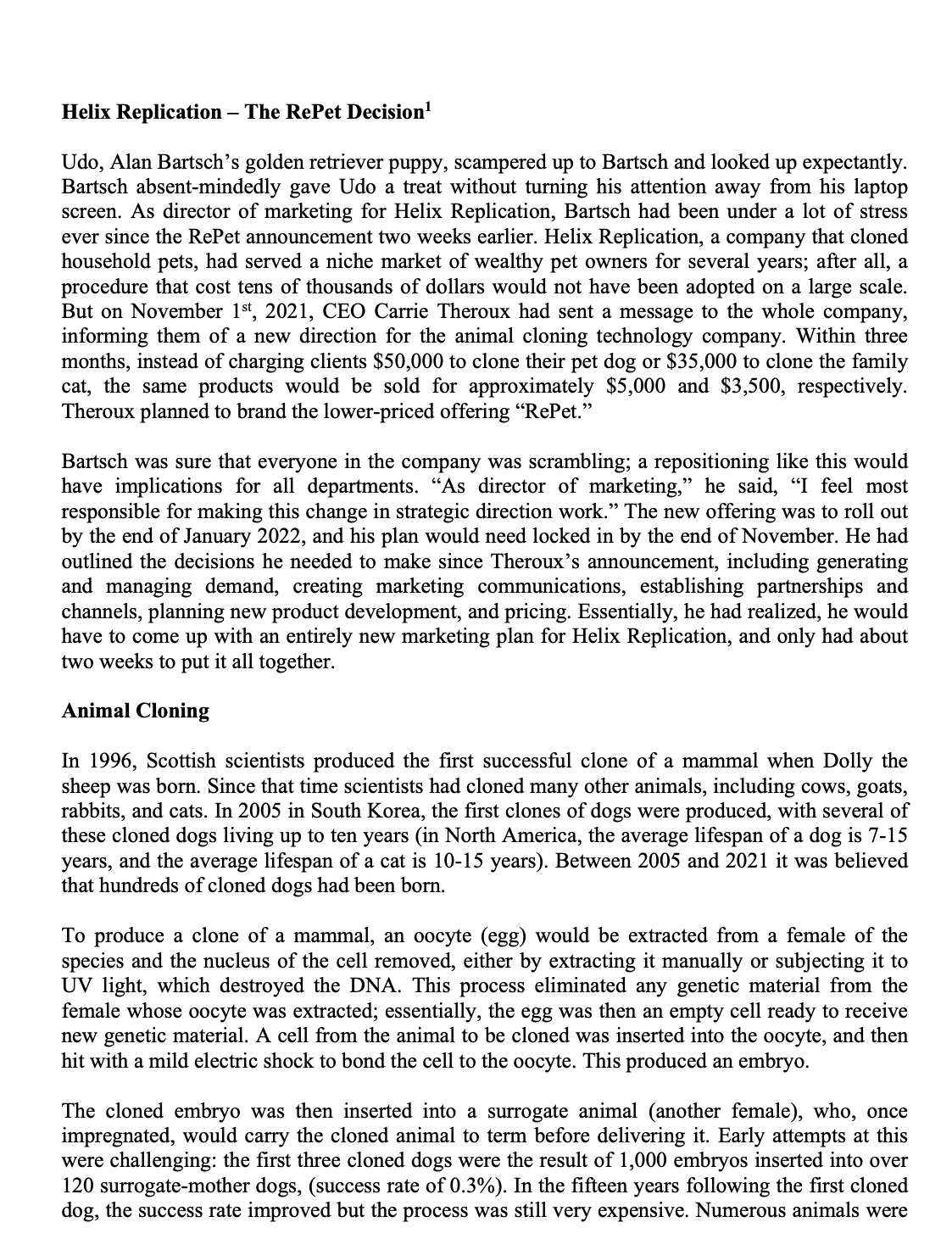

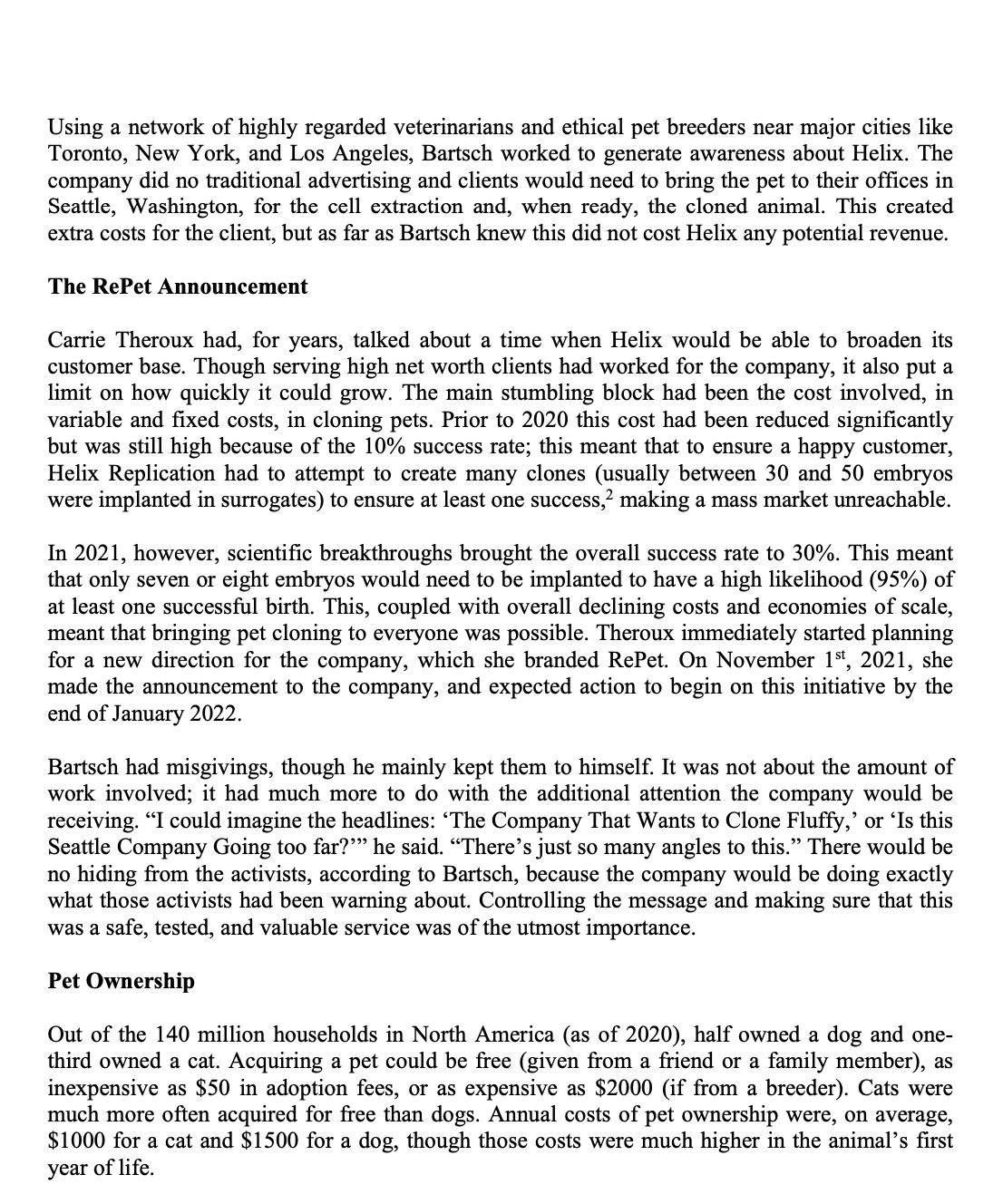
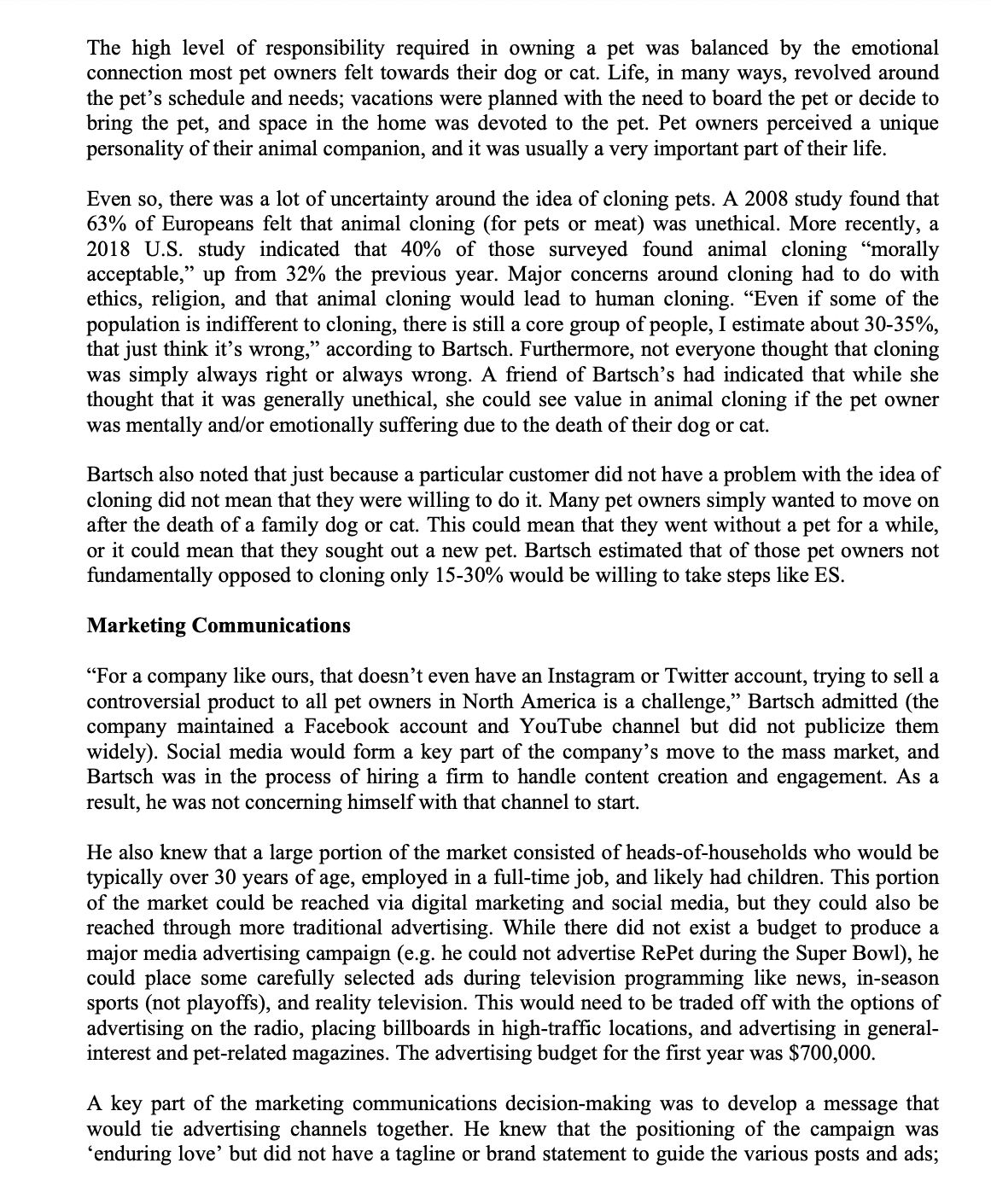
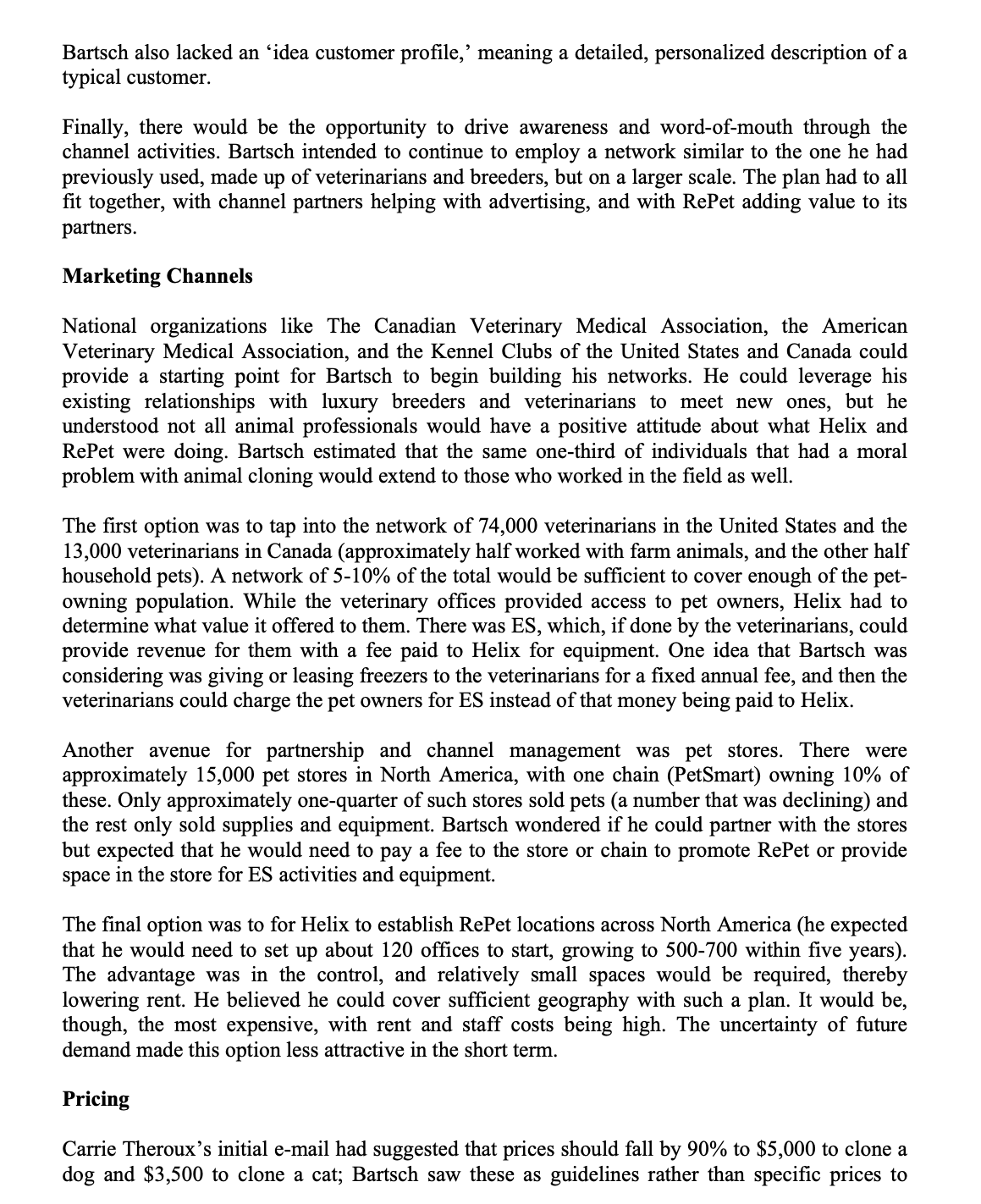
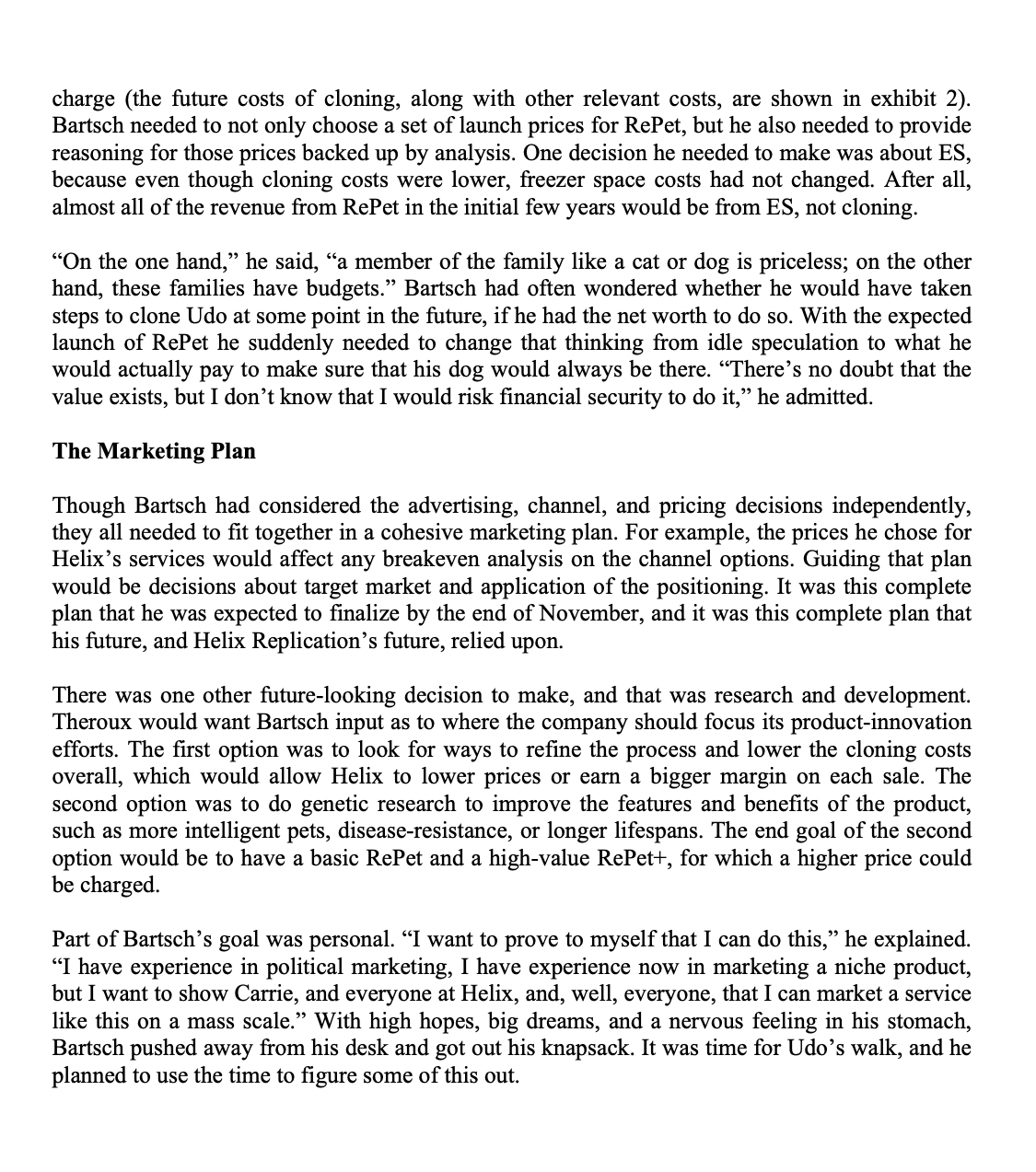
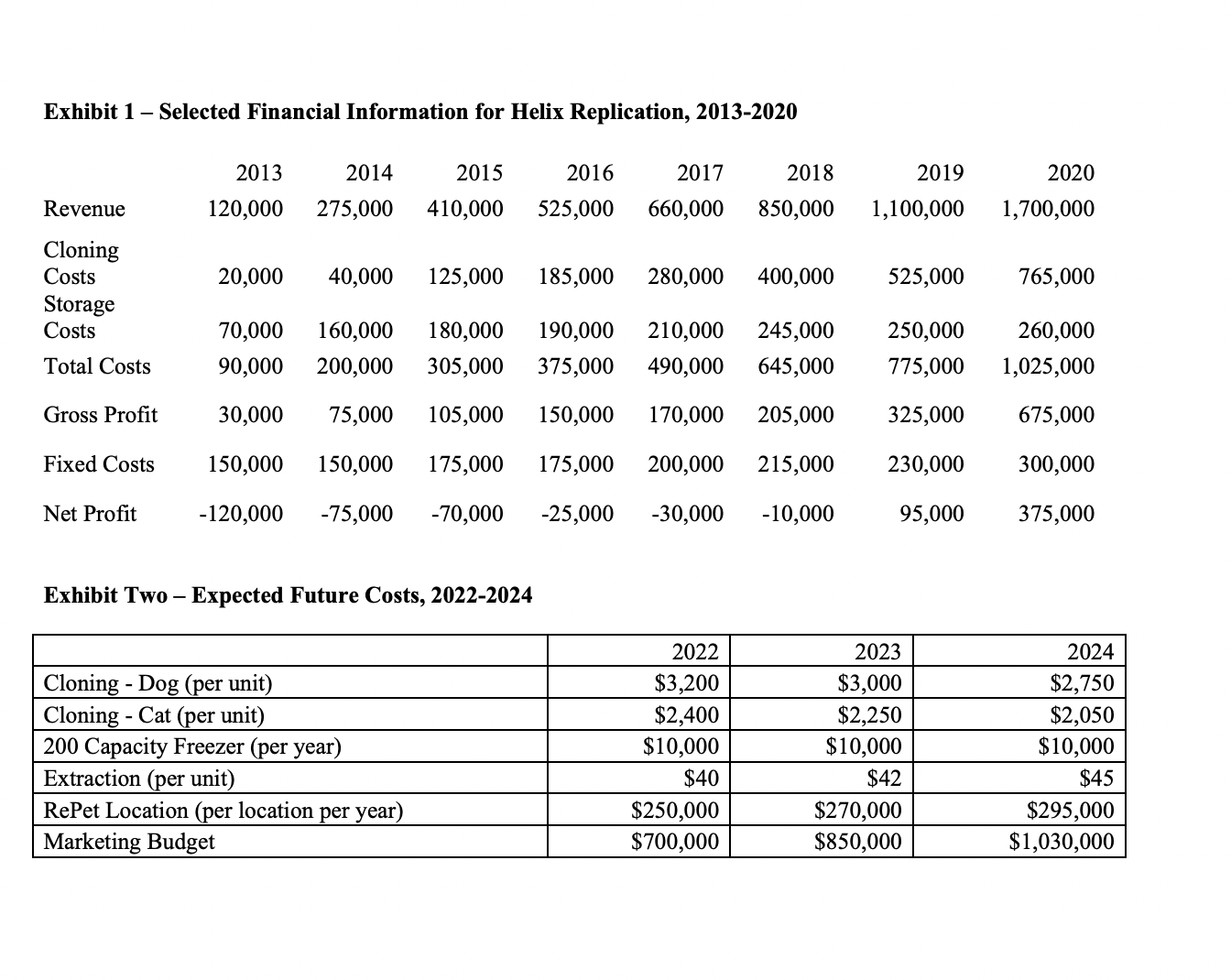
Step by Step Solution
There are 3 Steps involved in it
Step: 1

Get Instant Access to Expert-Tailored Solutions
See step-by-step solutions with expert insights and AI powered tools for academic success
Step: 2

Step: 3

Ace Your Homework with AI
Get the answers you need in no time with our AI-driven, step-by-step assistance
Get Started


